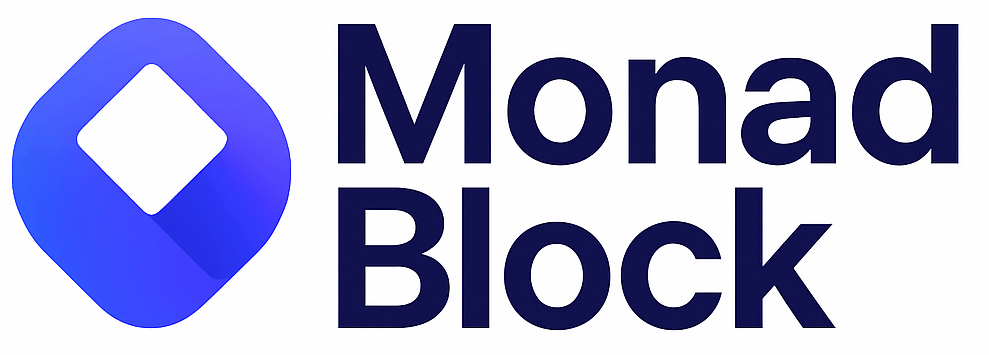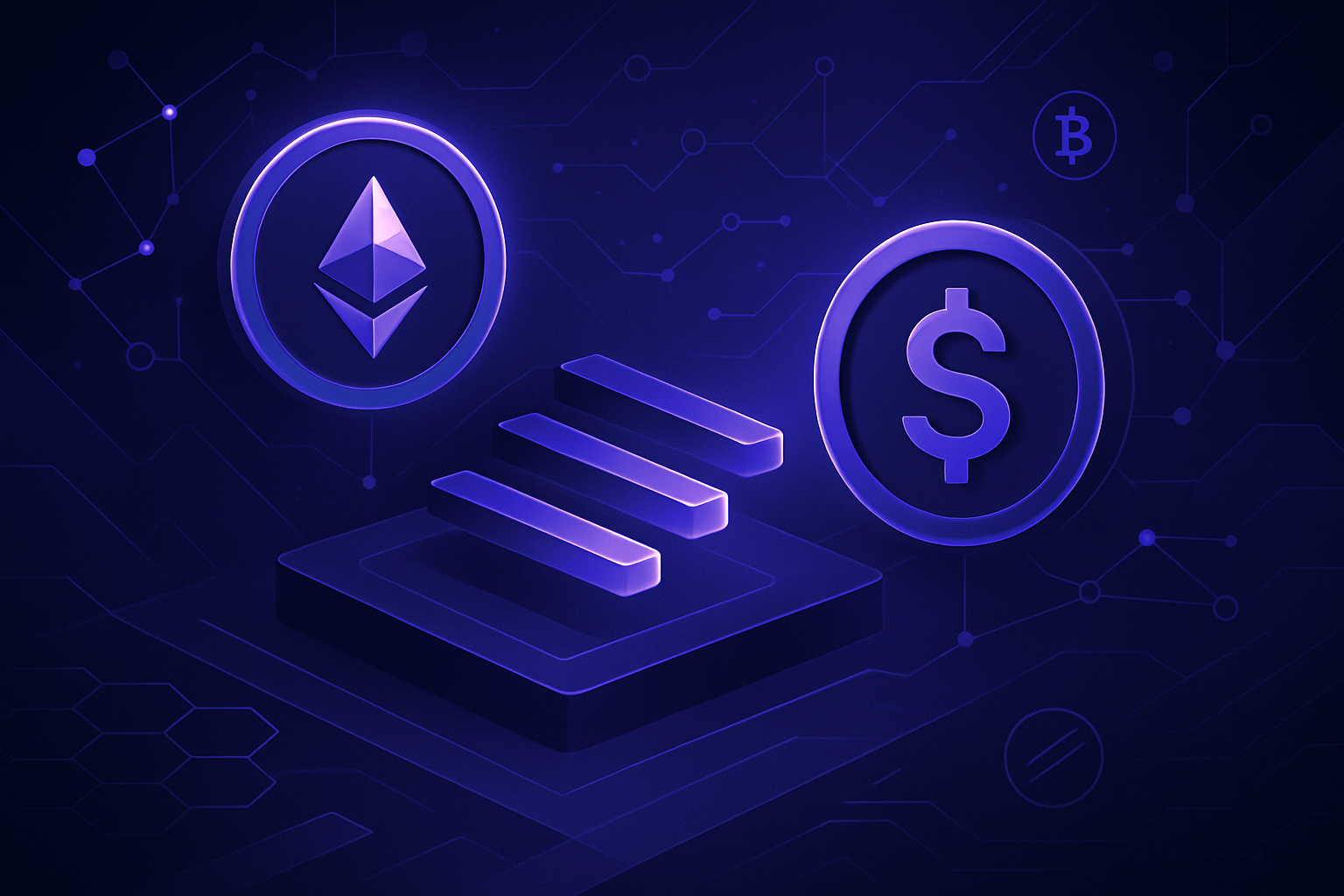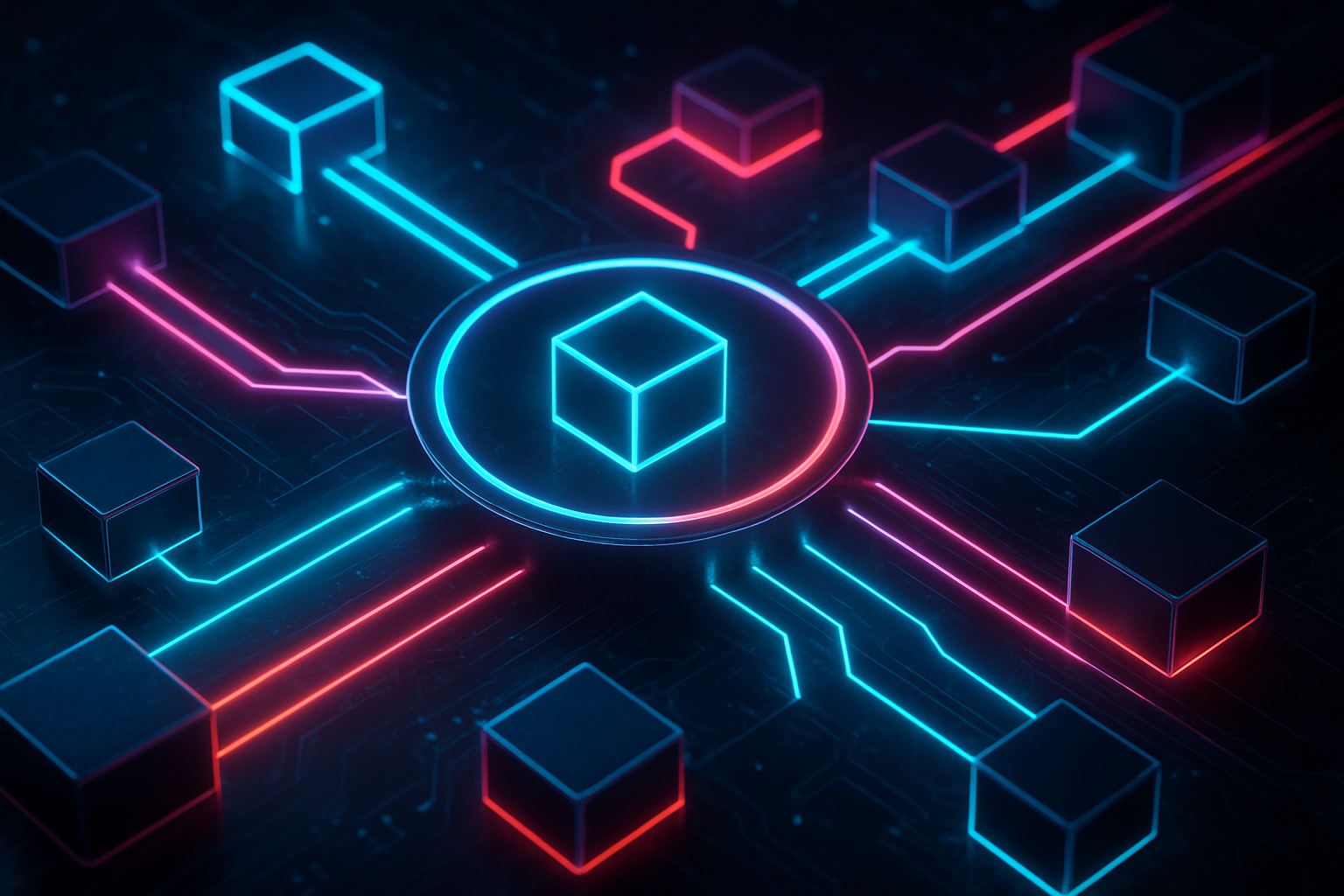
Ethereum’s dominance as the leading smart contract platform is undisputed, but its throughput, hovering around 10 transactions per second, remains a bottleneck for mainstream adoption. The market’s appetite for scalable, high-performance EVM chains has never been greater. Enter Monad: an EVM-compatible Layer 1 that reimagines blockchain architecture to deliver 10,000 transactions per second, 0.4s block times, and near-zero gas fees, all while maintaining seamless Solidity compatibility.
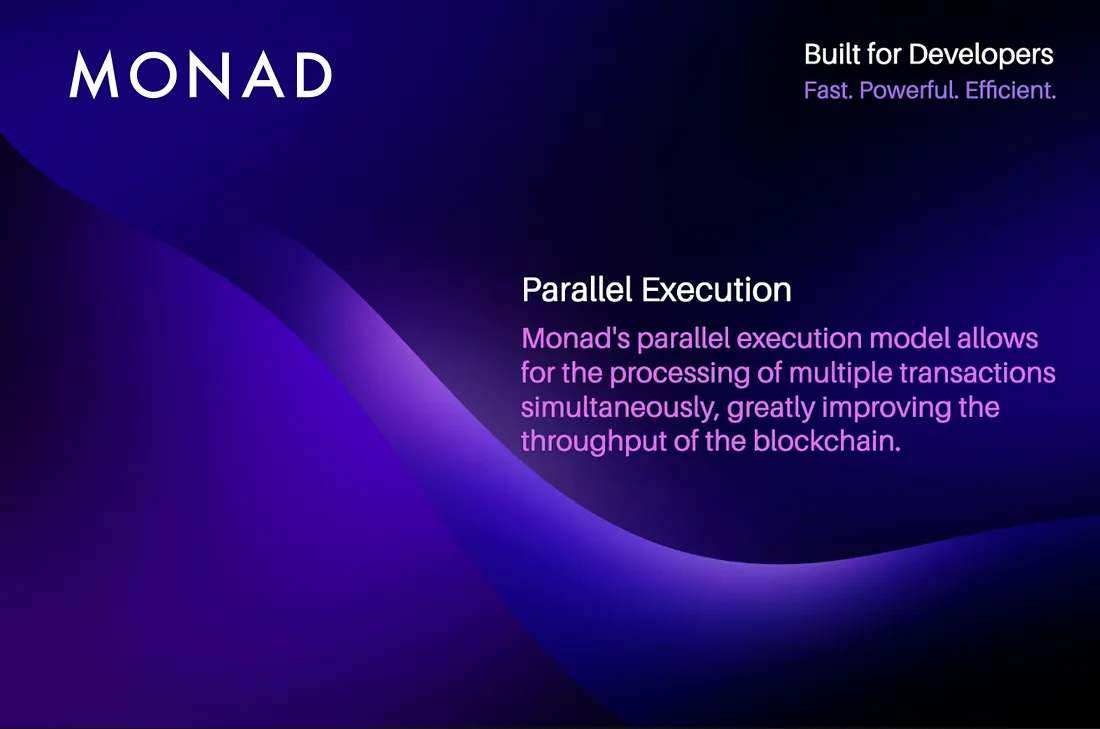
Why Sequential Execution Holds Back the EVM
The classic EVM model processes transactions one after another. This ensures deterministic state changes but at the cost of scalability. As a result, even high-value applications are throttled by Ethereum’s modest TPS ceiling and unpredictable fees. Competing L1s have tried sharding or new languages, but rarely without sacrificing developer experience or composability.
Monad sidesteps these tradeoffs by preserving full Ethereum compatibility while introducing a fundamentally different execution paradigm: EVM parallelization. This approach leverages modern hardware and software techniques to unlock performance gains that were previously out of reach for Solidity developers.
The Four Pillars of Monad’s High-Performance Architecture
Monad’s record-breaking throughput is not just marketing spin, it is the result of carefully engineered innovations at every layer of the stack. Here are the core breakthroughs:
Core Innovations Powering Monad’s EVM Parallelization
-
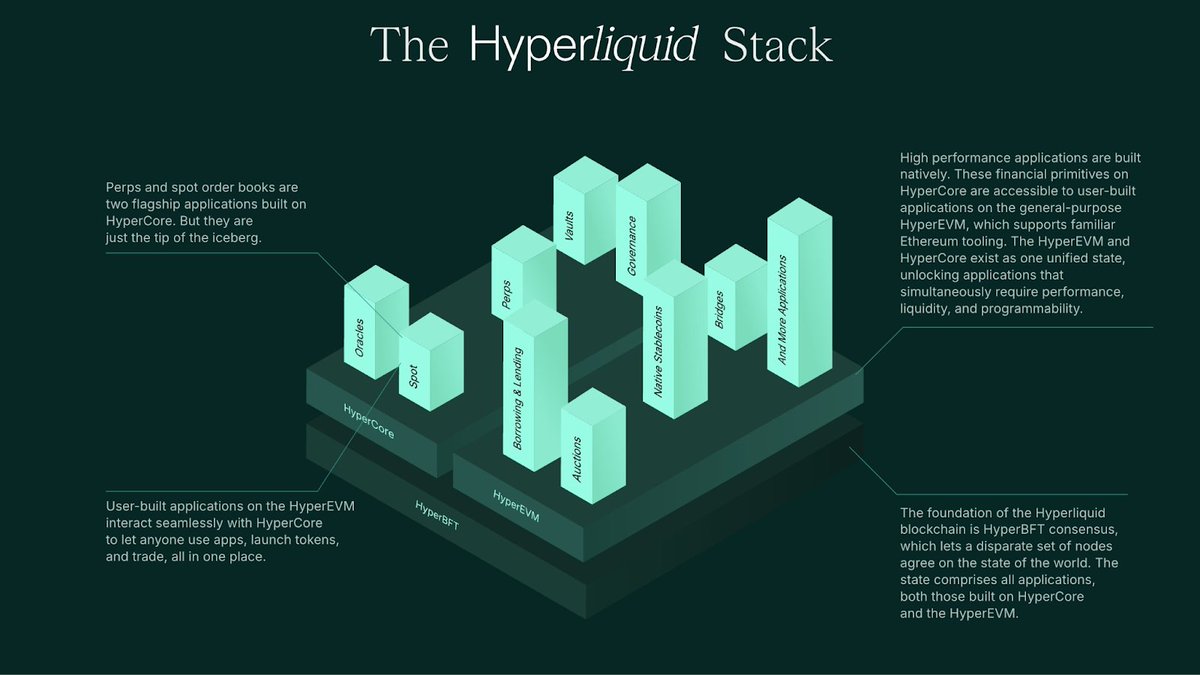
MonadBFT Consensus Mechanism: Monad introduces MonadBFT, a Byzantine Fault Tolerant protocol based on HotStuff, reducing consensus rounds from three to two for faster block finality (≈1 second) and increased network throughput.
-
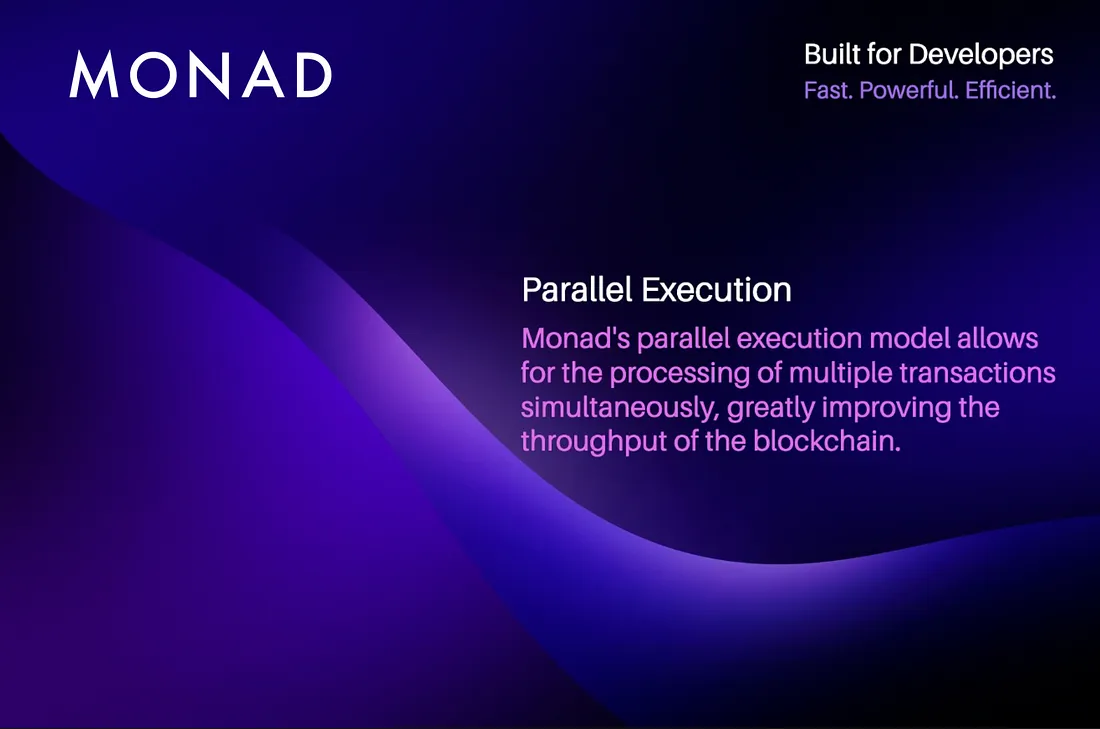
Deferred Execution Architecture: By decoupling transaction execution from consensus, Monad allows nodes to agree on transaction order first, then execute independently—enabling faster consensus and greater scalability.
-
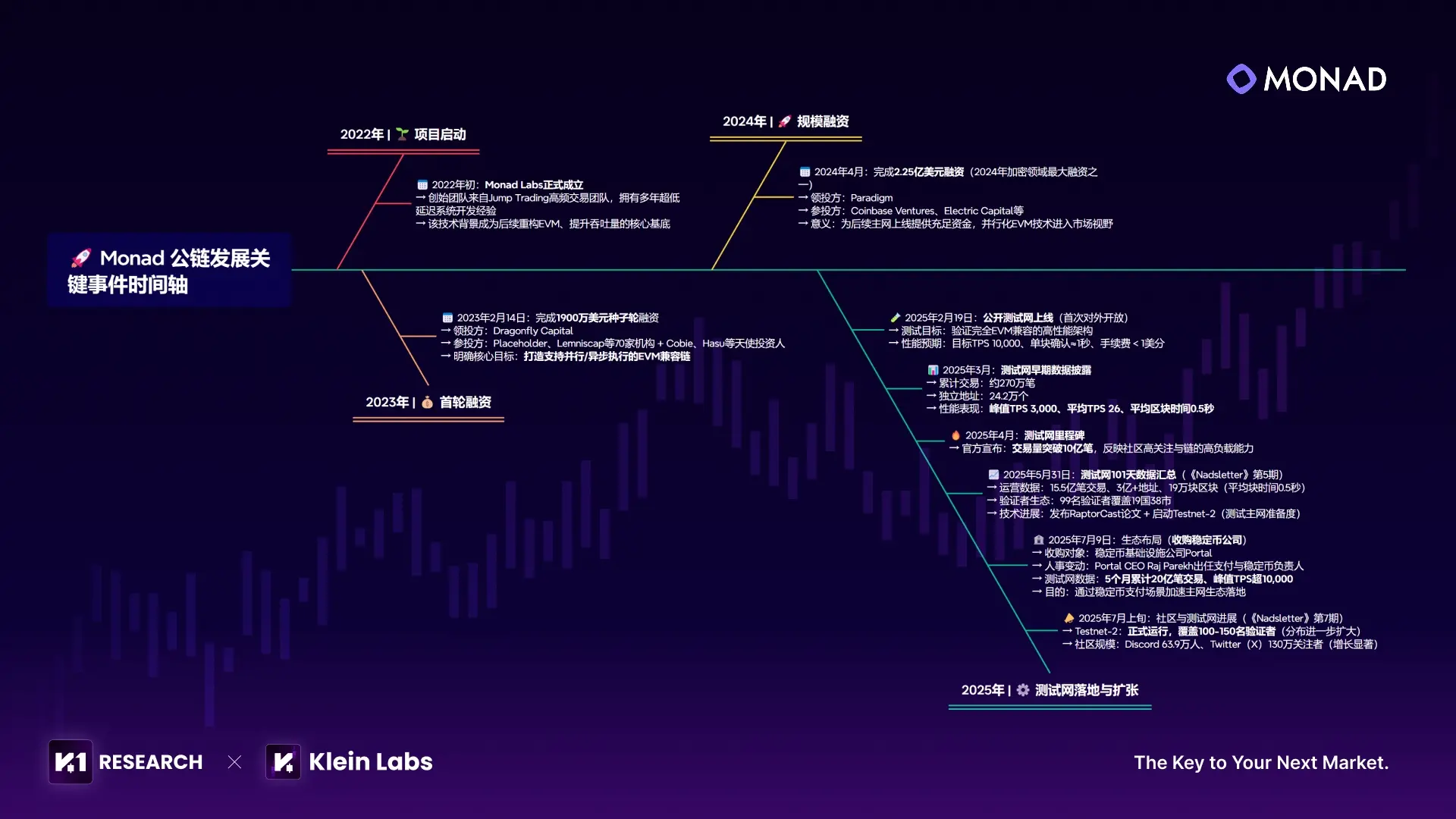
Optimistic Parallel Execution: Monad analyzes transactions to identify independent ones that can be safely executed in parallel, leveraging multi-core processing to achieve up to 10,000 TPS and minimizing resource bottlenecks.
-
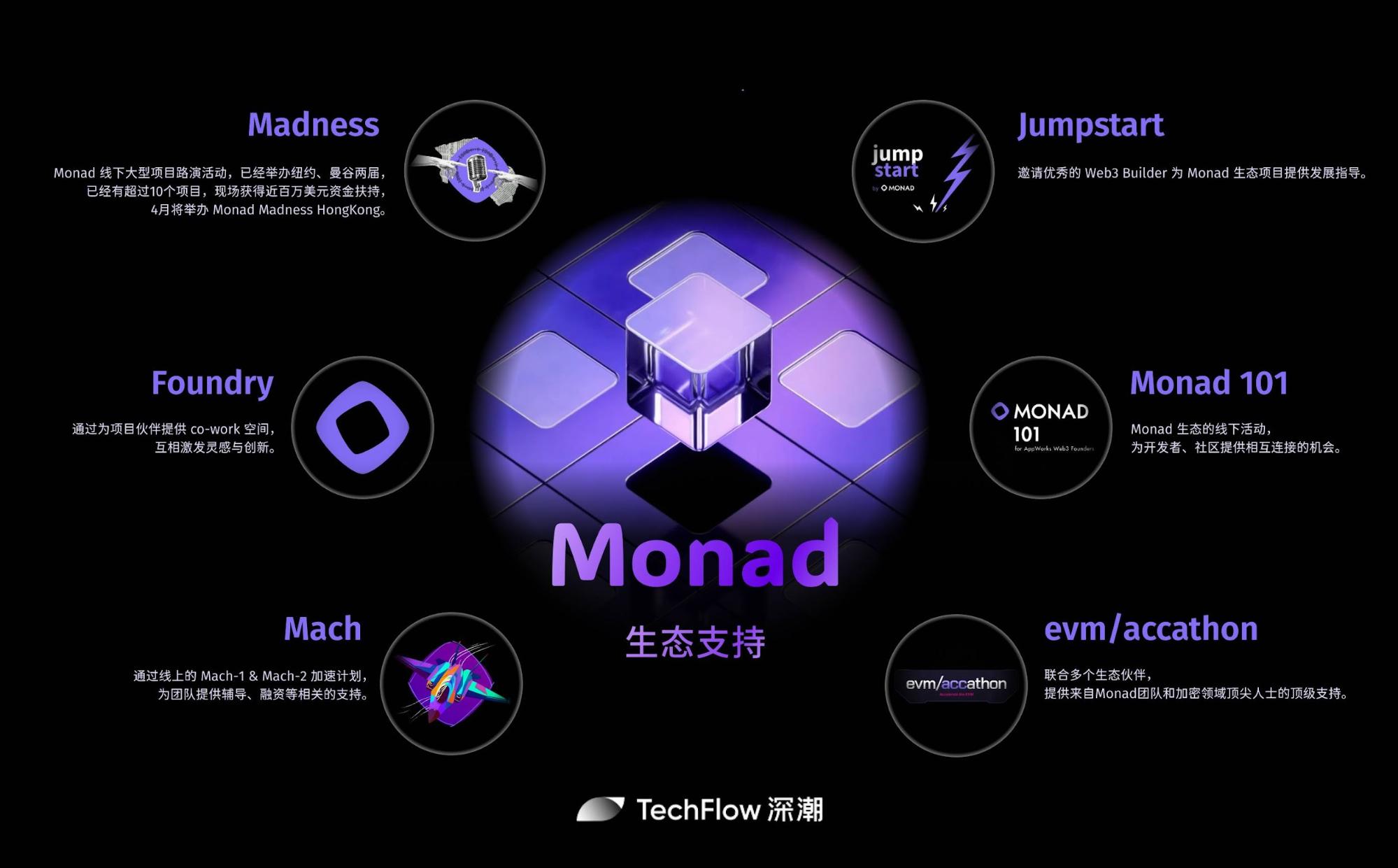
MonadDB Custom Storage System: The proprietary MonadDB database uses asynchronous disk operations to enable simultaneous transaction reads and writes, overcoming traditional blockchain I/O bottlenecks and supporting high-speed parallel processing.
1. MonadBFT Consensus: By adopting a Byzantine Fault Tolerant protocol based on HotStuff, Monad reduces consensus communication rounds from three to two, achieving block finality in about one second. This sharply lowers latency while increasing network resilience.
2. Deferred Execution: Separating consensus from execution means nodes first agree on transaction order before running computations independently. This decoupling eliminates execution bottlenecks during consensus and enables greater scalability.
3. Optimistic Parallel Execution: Monad analyzes incoming transactions to identify which can be safely run in parallel and which must be sequenced due to state dependencies. By maximizing concurrency across multi-core CPUs, it achieves up to 10,000 TPS, dwarfing legacy EVM chains.
4. MonadDB Storage System: Traditional blockchains struggle with I/O bottlenecks when multiple transactions compete for disk access. MonadDB uses asynchronous disk operations so reads and writes can happen simultaneously, crucial for supporting true parallelism at scale.
EVM Compatibility Without Compromise
A common pitfall among high-throughput chains is forcing developers to relearn tooling or rewrite contracts in unfamiliar languages. Monad avoids this trap entirely: Solidity code runs natively on its network with no changes required. Every innovation, from consensus through storage, works under the hood without breaking established developer workflows or composability between dApps.
This opens the floodgates for existing Ethereum projects seeking relief from congestion and high fees, as well as new teams building ambitious DeFi protocols or NFT platforms that demand fast settlement times and predictable costs.
Monad’s parallelized EVM execution is more than a technical feat, it is a pragmatic unlock for the entire Web3 ecosystem. By enabling existing Solidity-based applications to migrate seamlessly, Monad lowers the barrier for innovation and network effects. Developers can tap into 10,000 TPS throughput, sub-second finality, and near-zero gas fees without sacrificing familiar tooling or composability.
These architectural choices are not theoretical. They are already reshaping what is possible for decentralized finance, gaming, and on-chain infrastructure. Consider the impact on high-frequency trading protocols: with block times of 0.4 seconds and 800ms finality, latency-sensitive strategies become viable on-chain. NFT marketplaces can support real-time bidding wars without congesting the network or pricing out users.
Real-World Performance: Monad in Action
The numbers speak for themselves. Monad’s mainnet consistently delivers:
Monad Real-World Performance Metrics
| Metric | Value | Highlight |
|---|---|---|
| Transactions Per Second (TPS) | 10,000 🚀 | Unmatched throughput |
| Block Time | 0.4s ⏱️ | Ultra-fast blocks |
| Finality | ~0.8s – 1s ⚡ | Near-instant finality |
| Gas Fees | Near zero 💸 | Extremely low cost |
| EVM Compatibility | 100% ✅ | Seamless Solidity support |
This isn’t just a lab experiment, projects deploying on Monad are already reporting dramatic improvements in user experience and cost efficiency compared to legacy EVM chains.
For builders, this means scalable smart contracts that can handle viral dApp adoption spikes or complex DeFi strategies without grinding to a halt. For enterprises and institutions exploring blockchain integrations, Monad’s architecture offers both the reliability of Byzantine Fault Tolerance and the operational flexibility of asynchronous execution.
What Sets Monad Apart from Other High-Performance Chains?
Many L1s claim high throughput by introducing custom VMs or sacrificing EVM compatibility, but this often fragments developer communities and limits cross-chain composability. Monad’s approach is starkly different: it achieves scalability without compromise. The full Ethereum toolchain works out of the box; assets and protocols can move across ecosystems with minimal friction.
This positions Monad as a natural hub for liquidity migration and protocol deployment as demand shifts toward faster, lower-cost networks. Its deferred execution, parallelism, and storage optimizations combine to set a new benchmark in blockchain transaction throughput, without closing doors to established devs or dApps.
The Road Ahead: Scaling Web3 Without Tradeoffs
The future of decentralized applications hinges on resolving today’s scalability bottlenecks while retaining open standards. With its breakthrough EVM parallelization strategy, Monad proves that performance gains do not have to come at the expense of developer experience or Ethereum compatibility.
As more projects migrate or launch natively on Monad, expect network effects that drive further adoption, especially among teams building at the frontier of DeFi, NFTs, gaming, and enterprise blockchain solutions.
